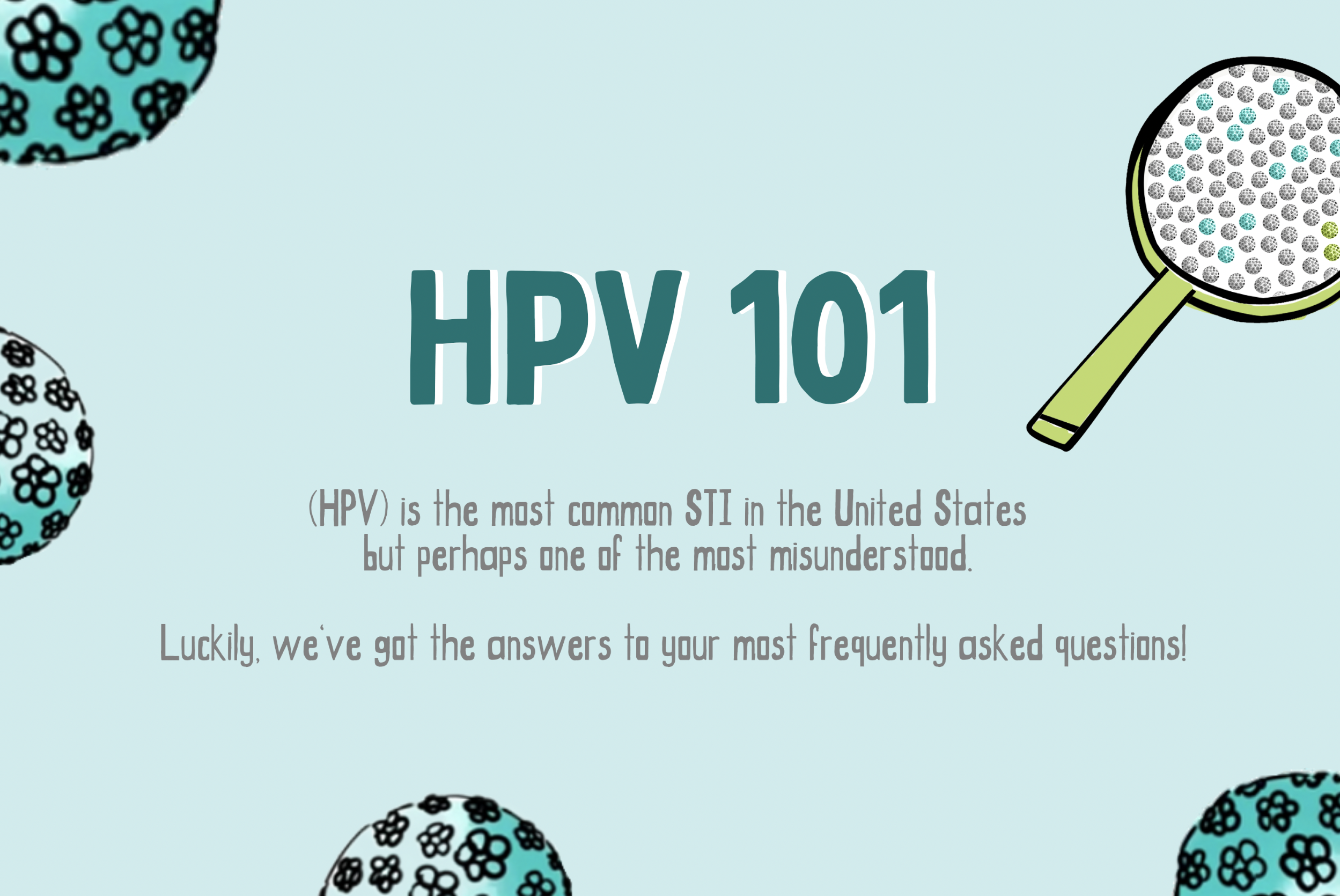
Introduction to HPV
Human Papillomavirus (HPV) is a significant public health concern, affecting millions worldwide. This virus is known for its role in several types of cancers, including cervical cancer, and is sexually transmitted. Understanding HPV is crucial not only for personal health but also for public awareness and prevention strategies.
Facts About HPV
HPV is the most common sexually transmitted infection globally. According to the World Health Organization (WHO), nearly 80% of sexually active individuals will be infected at some point in their lives. Most HPV infections are asymptomatic and resolve on their own. However, certain high-risk types can lead to cancer, making awareness and prevention critical.
Types of HPV and Health Implications
HPV is categorized into low-risk and high-risk types. Low-risk types can cause genital warts, while high-risk strains are linked to malignancies. The most notable of these is HPV type 16 and 18, which are responsible for approximately 70% of cervical cancer cases. Furthermore, HPV is also associated with cancers of the vagina, vulva, penis, anus, and throat.
Prevention and Vaccination
Vaccination is the most effective way to prevent HPV-related diseases. The UK has implemented a comprehensive vaccination programme, primarily targeting young individuals aged 12 to 13, with catch-up schemes available. The vaccines, such as Gardasil 9, provide protection against the most common cancer-causing HPV types. Additionally, regular cervical screening tests (Pap smears) are encouraged for earlier detection of abnormal cell changes in women.
Current Challenges and Developments
Despite successful vaccination efforts, challenges remain. Misinformation about the vaccine’s safety and efficacy continues to hinder uptake. Moreover, disparities in health access highlight the need for targeted public health campaigns. Recently, the UK authorities have been advocating for increased awareness about HPV and its connection to cancer, aiming to reduce the stigma and misinformation surrounding the virus.
Conclusion
Understanding HPV is vital for personal and public health. With ongoing education, vaccination, and screening efforts, it is possible to reduce the incidence of HPV-related cancers. As we continue to confront this global health issue, it is essential to promote accurate information and encourage preventive measures among all populations. Through awareness and action, we can effectively combat the impact of HPV and its associated health risks.
You may also like

The Rising Threat of Super Flu: What You Need to Know

Understanding Melatonin: Uses, Benefits, and Importance
